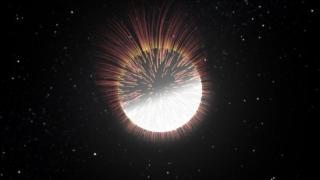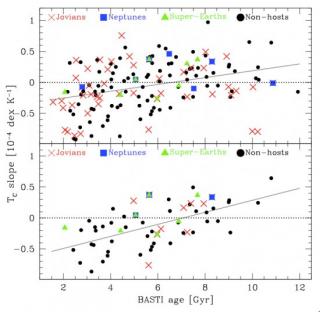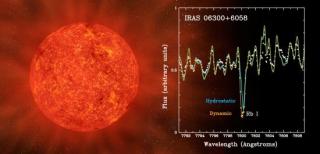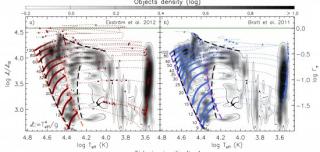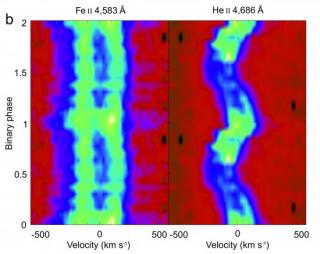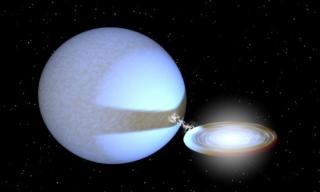
Three decades ago one of the first astronomical satellites designed toobserve X-rays detected a new type of object: it had a much higher luminosity than any star, but much lower than other types of identified sources, such as the nuclei of active galaxies. They were dubbed, in a not very imaginative way, ultraluminous X rays (ULX) sources. Even recently we were still not really sure what they are. In this work, we have managed to solve this mystery and we have found that the mechanism which produces such a large luminosity in the most thoroughly studied ULX is not, as many had hoped, an
Advertised on
